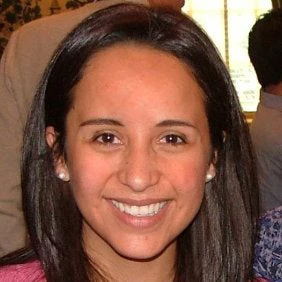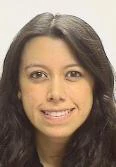In Latin America and the Caribbean, the state of education remains critical. Just before the pandemic, more than two-thirds of students were not meeting minimum performance standards in reading, math, and science by the end of elementary school. In only a few countries, students improved their learning achievements between 2013 and 2019. These results have likely worsened during the pandemic.
While some students are just learning to recognize letters, others are already reading complete stories. This poses a huge pedagogical challenge for countries and their teachers. A personalized pedagogy, adapted to students’ learning levels, is needed now more than ever.
The data come from the 2019 Regional Comparative and Explanatory Study (ERCE), an international evaluation conducted by the UNESCO regional office. The study provides a snapshot of the situation in education in Latin America and the Caribbean just prior to the school closures owing to the pandemic.
The 2019 ERCE measured the learning achievements of third- and sixth-grade students through tests of language arts (reading and writing), math and science. Sixteen countries participated in the study: Argentina, Brazil, Colombia, Costa Rica, Cuba, the Dominican Republic, Ecuador, El Salvador, Guatemala, Honduras, Mexico, Nicaragua, Panama, Paraguay, Peru and Uruguay.
Stagnation and low levels of learning
Most worrying are the high percentage of students who do not reach a minimum performance standard. About half of third graders (44% in reading and 48% in mathematics), and more than two-thirds of sixth graders (with figures reaching 69% in reading and 83% in math) failed to achieve this standard.

The ERCE also revealed considerable gaps across countries in terms of learning achievements. At one extreme, in countries such as the Dominican Republic, Nicaragua and Panama, more than 95 percent of students did not achieve the minimum performance standards in mathematics in sixth grade. At the other extreme, in countries such as Mexico, Peru and Uruguay, still over 60% of students have not yet reached them.
Only a few countries improved their learning levels between 2013 and 2019. Of particular note are Brazil, the Dominican Republic and Peru , whose students increased their reading and math scores in sixth grade. The opposite trend occurred in Argentina, Guatemala and Mexico.

Learning gaps in the classroom
Beyond the differences among countries, the largest gaps in learning achievements are concentrated within countries and within countries, the greatest differences occur within the classroom. Scores vary widely in all countries. About 60 percent of the variation in scores is within schools, which means within classrooms given that the ERCE was applied to a complete classroom in each school and grade.
These results indicate that in the region, it is common to have students with vastly diverse levels of learning in the same classroom. While some are already reading full texts, others are just learning to decipher letters. While some are capable of solving complex math problems, others are just learning basic numerical and operational concepts.
The urgent need to address learning gaps in the classroom
In other words, school systems should offer a pedagogy that better addresses the real learning levels of each student. On the one hand, this entails focusing on the learning needs of the millions of students who fall short of minimum performance standards. On the other hand, it implies using differentiated pedagogical strategies in the classroom.
Innovations in this area include focusing the school curriculum on basic skills, formative assessments and group activities in the classroom with students of similar performance, as well as using pedagogical resources and technologies.
Most importantly, teachers should receive training where they can explore how to better tailor their pedagogical practices to the learning needs of each student.






Join the Conversation